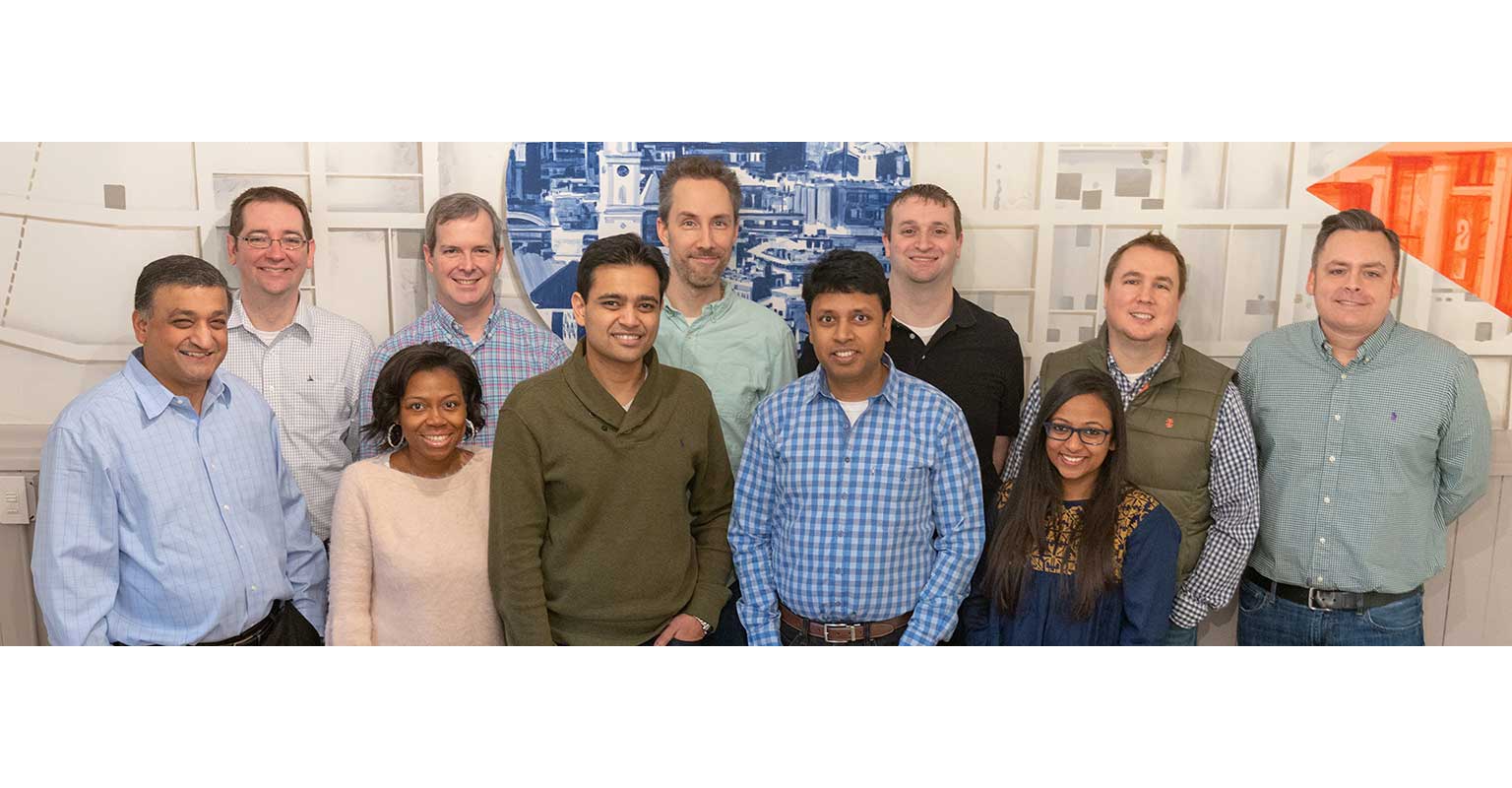In the age of Big Data, algorithms give companies a competitive advantage. Today’s most important technology companies all have algorithmic intelligence built into the core of their product: Google Search, Facebook News Feed, Amazon’s and Netflix’s recommendation engines.
“Data is inherently dumb,” Peter Sondergaard, senior vice president at Gartner and global head of Research, said in The Internet of Things Will Give Rise To The Algorithm Economy. “It doesn’t actually do anything unless you know how to use it.”

Google, Facebook, Amazon, Netflix and others have built both the systems needed to acquire a mountain of data (i.e. search history, engagement metrics, purchase history, etc), as well as the algorithms responsible for extracting actionable insights from that data. As a result, these companies are using algorithms to create value, and impact millions of people a day.
“Algorithms are where the real value lies,” Sondergaard said. “Algorithms define action.”
For many technology companies, they’ve done a good job of capturing data, but they’ve come up short on doing anything valuable with that data. Thankfully, there are two fundamental shifts happening in technology right now that are leading to the democratization of algorithmic intelligence, and changing the way we build and deploy smart apps today:
- The Algorithm Economy
- Containers
The confluence of the algorithm economy and containers creates a new value chain, where algorithms as a service can be discovered and made accessible to all developers through a simple REST API. Algorithms as containerized microservices ensure both interoperability and portability, allowing for code to be written in any programming language, and then seamlessly united across a single API.
By containerizing algorithms, we ensure that code is always “on,” and always available, as well as being able to auto-scale to meet the needs of the application, without ever having to configure, manage, or maintain servers and infrastructure. Containerized algorithms shorten the time for any development team to go from concept, to prototype, to production-ready app.
Algorithms running in containers as microservices is a strategy for companies looking to discover actionable insights in their data. This structure makes software development more agile and efficient. It reduces the infrastructure needed, and abstracts an application’s various functions into microservices to make the entire system more resilient.
The Algorithm Economy

The “algorithm economy” is a term established by Gartner to describe the next wave of innovation, where developers can produce, distribute, and commercialize their code. The algorithm economy is not about buying and selling complete apps, but rather functional, easy to integrate algorithms that enable developers to build smarter apps, quicker and cheaper than before.
Algorithms are the building blocks of any application. They provide the business logic needed to turn inputs into useful outputs. Similar to Lego blocks, algorithms can be stacked together in new and novel ways to manipulate data, extract key insights, and solve problems efficiently. The upshot is that these same algorithms are flexible, and easily reused and reconfigured to provide value in a variety of circumstances.
For example, we created a microservice at Algorithmia called Analyze Tweets, which searches Twitter for a keyword, determining the sentiment and LDA topics for each tweet that matches the search term. This microservice stacks our Retrieve Tweets With Keywordsalgorithm with our Social Sentiment Analysis and LDA algorithms to create a simple, plug-and-play utility.
The three underlying algorithms could just as easily be restacked to create a new use case. For instance, you could create an Analyze Hacker News microservice that uses the Scrape Hacker News and URL2Text algorithms to extract the text for the top HN posts. Then, you’d simply pass the text for each post to the Social Sentiment Analysis, and LDA algorithms to determine the sentiment and topics of all the top posts on HN.
The algorithm economy also allows for the commercialization of world class research that historically would have been published, but largely under-utilized. In the algorithm economy, this research is turned into functional, running code, and made available for others to use. The ability to produce, distribute, and discover algorithms fosters a community around algorithm development, where creators can interact with the app developers putting their research to work.
Algorithm marketplaces function as the global meeting place for researchers, engineers, and organizations to come together to make tomorrow’s apps today.
Containers
Containers are changing how developers build and deploy distributed applications. In particular, containers are a form of lightweight virtualization that can hold all the application logic, and run as an isolated process with all the dependencies, libraries, and configuration files bundled into a single package that runs in the cloud.
“Instead of making an application or a service the endpoint of a build, you’re building containers that wrap applications, services, and all their dependencies,” Simon Bisson at InfoWorld said in How Containers Change Everything. “Any time you make a change, you build a new container; and you test and deploy that container as a whole, not as an individual element.”
Containers create a reliable environment where software can run when moved from one environment to another, allowing developers to write code once, and run it in any environment with predictable results — all without having to provision servers or manage infrastructure.
This is a shot across the bow for large, monolithic code bases. “[Monoliths are] being replaced by microservices architectures, which decompose large applications – with all the functionality built-in – into smaller, purpose-driven services that communicate with each other through common REST APIs,” Lucas Carlson from InfoWorld said in 4 Ways Docker Fundamentally Changes Application Development.
The hallmark of microservice architectures is that the various functions of an app are unbundled into a series of decentralized modules, each organized around a specific business capability.
Martin Fowler, the co-author of the Agile Manifesto, describes microservices as “an approach to developing a single application as a suite of small services, each running in its own process and communicating with lightweight mechanisms, often an HTTP resource API.”
By decoupling services from a monolith, each microservice becomes independently deployable, and acts as a smart endpoint of the API. “There is a bare minimum of centralized management of these services,” Fowler said in Microservices: A Definition of this New Architectural Term, “which may be written in different programming languages and use different data storage technologies.”
Similar to the algorithm economy, containers are like Legos for cloud-based application development. “This changes cloud development practices,” Carlson said, “by putting larger-scale architectures like those used at Facebook and Twitter within the reach of smaller development teams.”
TL;DR
- The algorithm economy and containers are changing the way developers build and ship code.
- The algorithm economy allows for the building blocks of algorithmic intelligence to be made accessible, and discoverable through marketplaces and communities.
- Containerizing algorithms enables them to be packaged as microservices, making them accessible via an API, and hosted on scalable, serverless infrastructure in the cloud.


